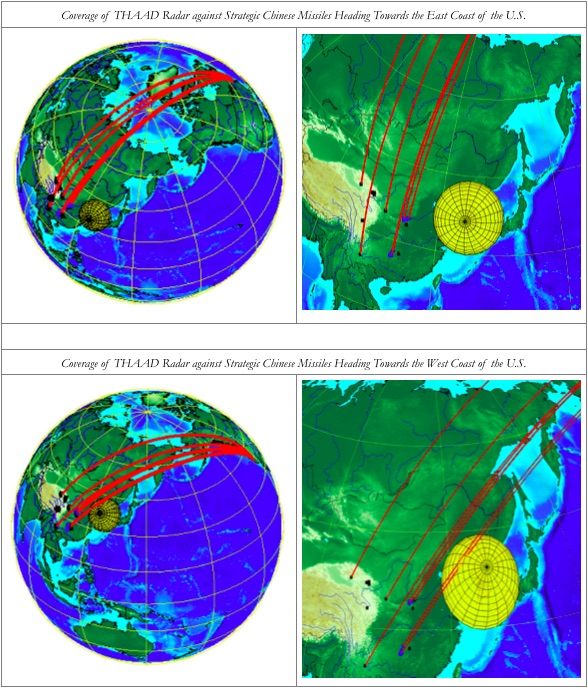To understand the proliferation of target killing as a new method of warfare, we have to look beyond events like 9/11 or the emergence of new technology.
For centuries, assassination was an accepted instrument of foreign policy and considered a normal practice. During the early modern period, however, resorting to assassination gradually became a taboo, something modern states would not do because of their self-perception as modern. Today we observe a weakening of this taboo. Reframed as “targeted killing,” assassination seems to move towards normalization, as more states engage in the practice and, instead of denying it, openly justify targeted killing strategies. “The gloves are off,” a senior CIA official stated mere weeks after the attack on the World Trade Center, “[l]ethal operations that were unthinkable pre-September 11 are now underway.”
Scholarly attempts at making sense of this normative change sometimes seem to implicitly share this assessment. They tend to overemphasize the role of September 11, 2001 and the ensuing “War on Terror” as turning points. Similarly, scholars have argued that the anti-assassination norm has been eroding because of the development and availability of drone technology. Consequentially, the vast majority of studies concerned with such normative change only look at post-9/11 cases. In my article, I seek to shift the focus. Rather than concentrating on major events or technology, I highlight the pivotal importance of two meta-norms, sovereignty and liberal thought, in the transformation of assassination norms prior to the War on Terror.
It has often been argued that historical state-sponsored assassination and present-day targeted killing constitute two completely different subjects, since the targeted killing of terror suspects seems so different from headline-grabbing assassinations of state leaders during the 19th and 20th century. Yet those share a common normative realm. When the term “targeted killing” was coined in the late 1990s and early 2000s, however, it represented a deliberate attempt to render some forms of killing permissible precisely by uncoupling them from their restrictive historical assassination context. Indeed, today’s targeted killing programs largely rest on similar logics, on the assumption that terrorist networks are centralized enough to allow attackers to degrade enemy functioning through killing leadership.
It is beyond doubt that 9/11 marked a severe turning point in security practices, and my article does not seek to refute its general importance. However, the normative underpinnings of those shifts were subject to much slower change–not as rapid as cursory accounts of the history of assassination might suggest. This transformation started not only before 9/11 but also well before the end of the Cold War.
During the early modern period, state-sponsored assassination became increasingly rejected due to the emergence of sovereign statehood and liberal thought. Those are reflected in debates about assassination as a specific (and from a liberal perspective deplorable) nature of killing as well as debates about the special protection of specific persons from being targets of assassination due to their status as representatives of sovereign statehood. This distinguishes assassination from many other changing international norms.
Liberal norms and the sovereignty norms have frequently collided, as the case of humanitarian intervention and the “responsibility to protect” exemplifies: Here, a liberal responsibility collides with sovereignty rights of nation states. The same is true for most norms rooted in human rights discourse, since the mere existence of such a norm means that it is universal enough to have some effect on the behavior of states, which is then by definition generates a tension with state sovereignty. It can be argued that the tension between the two meta norms of sovereignty and liberal thought constitute the core of most instances of norm contestation.
In this sense, assassination norms are peculiar. Rather than being in tension with one meta-norm and shielded by the other, they are rooted in both discourses. At the very core of the assassination/targeted killing normative realm lies an incentive to protect the long-term stability of sovereign states and a state-based order and a liberal impetus to avoid harm to human beings.
As I maintain in my article, this connection also helps understand the weakening of the norm, as they can be invoked by actors in order to reinterpret it. On a grand scale, the second half of the 20th century saw an overall strengthening of liberal values at the expense of state sovereignty. During the same period however, actors began emphasizing assassination’s sovereignty implications at the expense of its connection to liberal meta-norms.
Over time, the condemnation of state-sponsored assassination had become a mere subset of sovereignty, no longer shielded by its original powerful liberal underpinnings. Hence, when states began to openly advocate targeted killing policies in the early 21st century, precisely on the ground of liberal values and in spite of sovereignty during the War on Terror, the normative ground had already been prepared.
Mathias Großklaus is a PhD candidate at the Graduate School of North American Studies, Freie Universität Berlin. He is the author of “Friction, not erosion: assassination norms at the fault line between sovereignty and liberal values”, Contemporary Security Policy, 38(2), 260-280. It is available here.




 Forum: African security
Forum: African security


